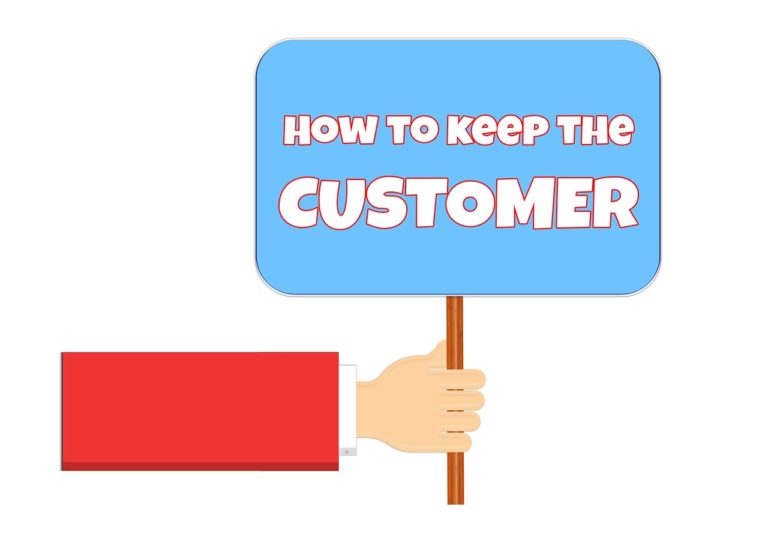

When a customer has a problem with our business’ product, it’s much easier to shift the blame than to take responsibility. It gets even easier to do dodge responsibility when the problem technically IS someone else’s fault. For example, let’s say your web site went down because of a glitch with your web host, which made it difficult for customers to reach you. Or perhaps Google Maps consistently takes your visitors to the wrong location for your business. Maybe the fault is technically your customer’s for failing to follow instructions or meet all the conditions that are required for your product to work.
It can seem impossible to try to fix all the problems that seem out of your control, and it can be frustrating to waste valuable time fixing problems that aren’t your fault. However, the bottom line is that customers don’t care whose fault it is. They only care about their experience with your product. And if it’s negative for any reason, that affects your brand’s reputation, and your customer’s willingness to do business with you in the future.
Be Proactive with Your Problems
Sometimes we have more power than we think to control those things that are consistently causing problems for customers. It pays to be proactive and address them as directly as you can.
Get ahead of problems as far as you can by letting your clients know about them upfront, which will cut down on customer confusion and support requests. If you know that Google Maps has your address in the wrong location, for example, and you can’t seem to fix it on their end, you can instruct your staff to tell all your callers about the problem and post a prominent note on your web site about it.
Sometimes being proactive might require taking hard look at your product or service to see if it needs to change.
I once worked with a SaaS client whose customers would often set his software up incorrectly. The problem, my client explained, was that the end users didn’t take the time to read the setup directions.
I said that it didn’t matter what they SHOULD be doing, it mattered what they WERE doing. The end result was that customers were frustrated, and that employees had to take more time to fix problems. Once he and his team took the time to simplify the setup process, these problems disappeared. It just took him taking one more step to accept responsibility for his customers’ full experience.
Change the Way You Approach Customer Support
It’s worth it to invest in making sure your customers are happy.
To that end, I suggest making it someone’s job to focus solely on improving customer happiness.
In small companies, the role of customer support may be spread around several employees who are trying to squeeze it in along with their other tasks, which inevitably leads to them to take shortcuts on customer service that can hurt the company over time.
People who just care about getting support requests off their to-do list are more likely to just give the kneejerk reaction that the problem is out of their hands, or even direct the customer toward a blanket solution first (“Did you try restarting your computer?”) instead of taking the time to fully understand what’s happening.
If we don’t really listen to customers and get to the root of their problems, even if those didn’t start with us, we are putting our businesses at risk. I like to begin by assuming any problem is a glitch with my own product and work back from there. Your customer support team should take the same approach.
Sometimes it truly does make more sense to point your customer in another direction, such as to the support team of another application that’s making it difficult to use your product. The key is that when your customers get off the phone with you, they feels satisfied that you’ve listened to them and that you’ve done your best to remove all obstacles for them to fix the problem, regardless of where the obstacles came from.

